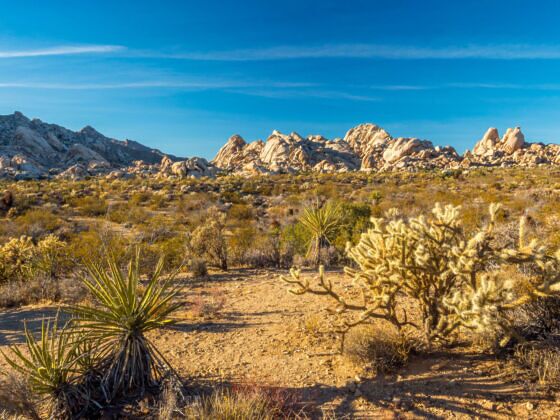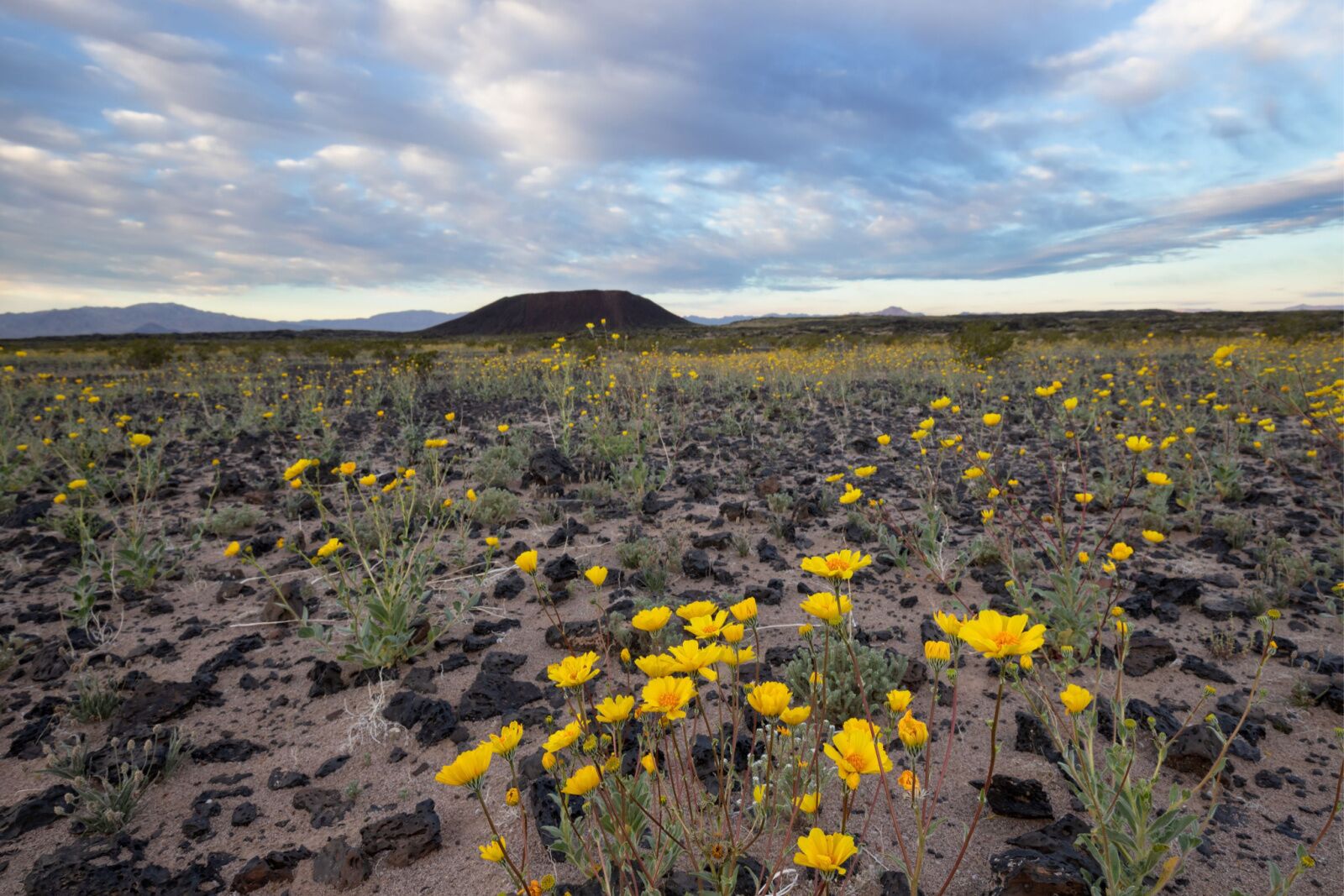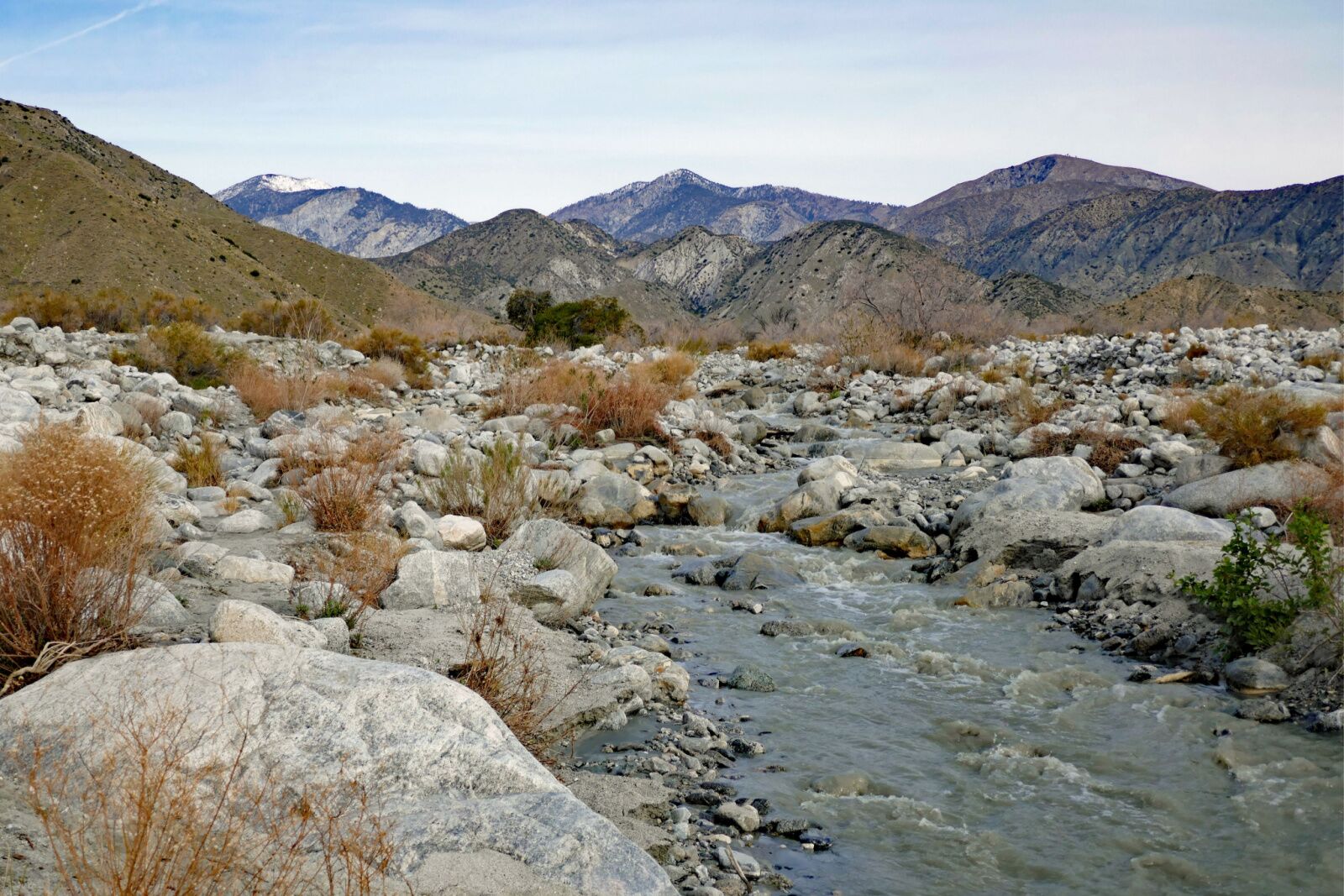February 2021 marked the five-year anniversary of a big day for US public lands. In February, 2016, President Barack Obama extended a national monument designation to three Mojave Desert sites in eastern California: the Mojave Trails, Sand to Snow, and Castle Mountains.
Collectively, these areas make up the California Desert Monuments, covering roughly 1.7 million acres of desert landscape originally inhabited thousands of years ago by the Chemehuevi, Kawaiisu, Mohave, Serrano, Cahuilla, Southern Paiute, and other Native American tribes. While they’re not national parks, the designation does give them the federal protection of the National Park Service and brings the total amount of national monument sites in the US to 130.



